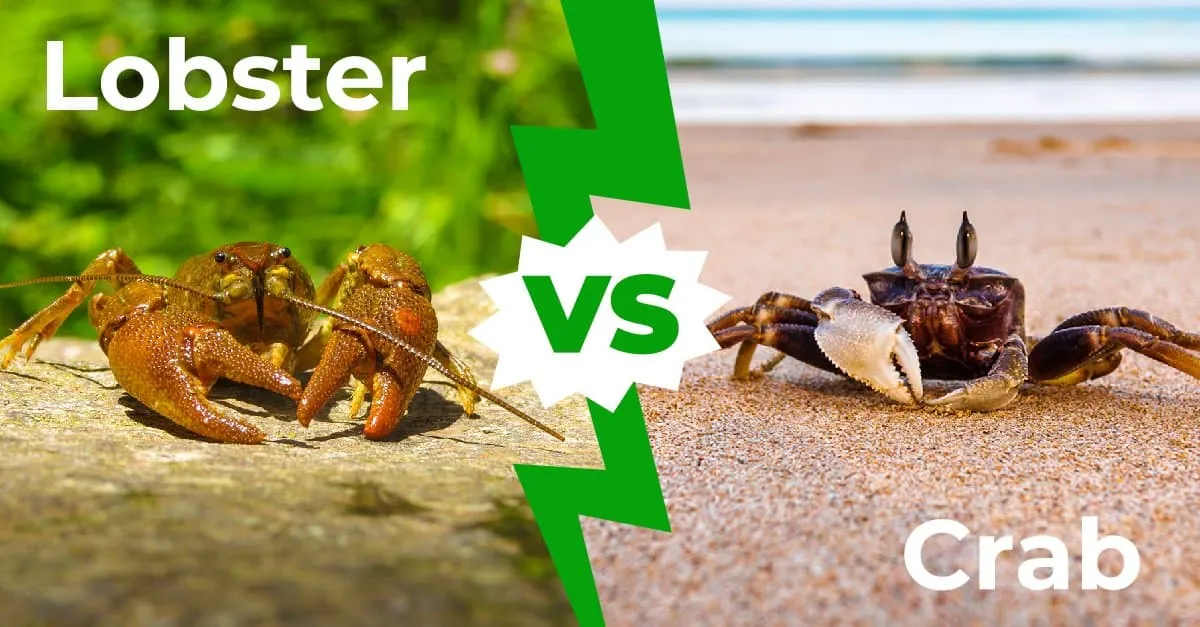Lobster vs Tarantula Top 5 Differences
The animal kingdom presents a fascinating array of creatures, each with its own unique characteristics and adaptations. Among these, lobsters and tarantulas, while seemingly disparate, offer a compelling comparison. One dwells in the depths of the ocean, and the other lurks on land, often in the undergrowth. Both, however, are invertebrates, possessing exoskeletons, and both are predators in their respective ecosystems. This article delves into the top 5 differences between lobsters and tarantulas, exploring their habitats, physical features, diets, lifespans, and behaviors, providing a comprehensive overview of these intriguing animals.
Habitat and Environment
One of the most immediate differences between lobsters and tarantulas lies in their habitats. Lobsters are marine creatures, primarily inhabiting the ocean floor. They prefer rocky environments, crevices, and burrows where they can find shelter from predators and the strong ocean currents. Their habitat is a complex underwater world, offering a rich ecosystem of other marine life. The specifics vary by species, but generally, lobsters are found in cold, clear waters with high salinity levels. This environment dictates much of their behavior, from foraging to mating rituals.
Lobster Habitat
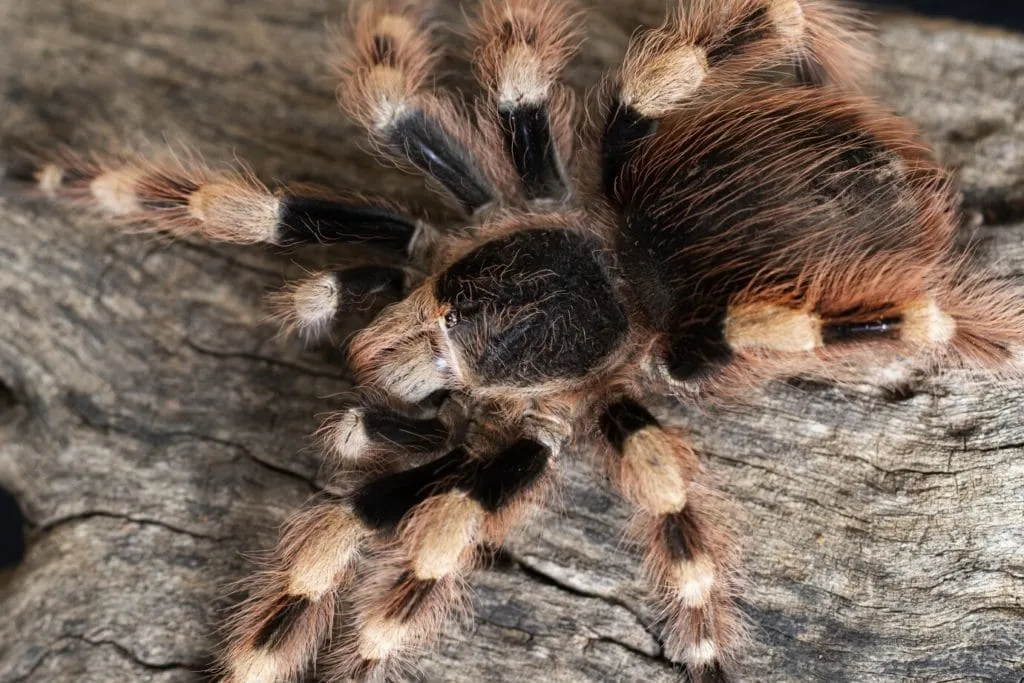
Lobsters typically live in the cold, clear waters of the ocean. They are most commonly found near the seabed, especially in rocky areas where they can find shelter. They prefer environments that offer protection from predators, such as crevices and burrows. The availability of food sources, such as small fish, crustaceans, and other invertebrates, also influences their habitat selection. Lobsters are adapted to withstand the high-pressure environments found at the depths they inhabit.
Tarantula Habitat
In stark contrast, tarantulas are terrestrial creatures. They are found in a variety of habitats, ranging from tropical rainforests to arid deserts. Their habitat preferences vary depending on the species. Some tarantulas are burrowers, digging elaborate underground tunnels, while others are arboreal, living in trees. The presence of suitable shelter, such as rocks, logs, or leaf litter, is crucial for their survival. Additionally, the climate, including temperature and humidity, plays a significant role in their habitat choices. They are found in various locations worldwide, from the Americas to Africa, Asia, and Australia.
Physical Characteristics
The physical appearance of lobsters and tarantulas highlights their adaptation to distinct lifestyles. Lobsters are known for their hard exoskeletons, which provide protection and support. They possess a pair of large claws, used for defense and capturing prey, and a segmented body that allows for movement. Their coloration ranges from blue to green, brown, or red, depending on the species and environment. Their bodies are built for navigating the seafloor, with strong appendages for crawling and swimming.
Lobster Physical Features
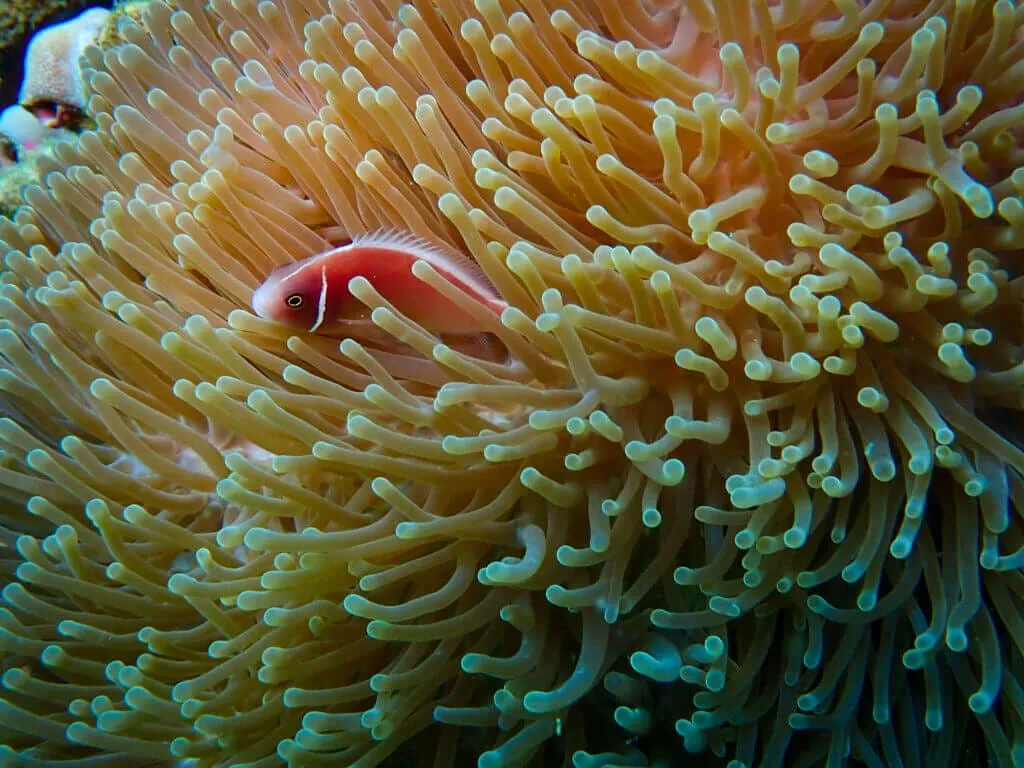
Lobsters have a hard exoskeleton that protects their body. They have a segmented body and a pair of large claws used for defense and catching prey. Their color can vary depending on the species and environment, often appearing blue, green, brown, or red. They use their strong appendages for crawling on the seafloor.
Tarantula Physical Features
Tarantulas, on the other hand, are characterized by their hairy bodies and eight legs. They have fangs for injecting venom and chelicerae for manipulating prey. Their size varies greatly depending on the species, ranging from small to quite large. They also exhibit a wide range of colors and patterns, allowing for camouflage in their environments. They have spinnerets for producing silk, which is used for various purposes, including creating webs and lining their burrows.
Diet and Feeding Habits
The dietary preferences of lobsters and tarantulas reflect their ecological roles as predators. Lobsters are opportunistic feeders, consuming a variety of food sources found on the ocean floor. They primarily eat small fish, crustaceans, mollusks, and other invertebrates. Their powerful claws are instrumental in capturing and breaking apart their prey. They are scavengers as well, consuming dead organic matter, contributing to the health of the marine ecosystem. Their feeding habits vary depending on the species and the availability of food in their habitat.
Lobster Diet
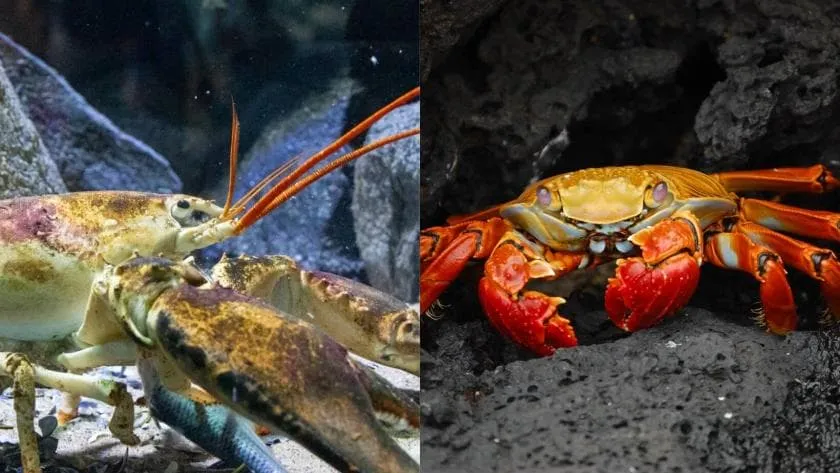
Lobsters are primarily carnivores, with a diet that consists of small fish, crustaceans, mollusks, and other invertebrates found on the seafloor. They will also scavenge on dead organic matter. The diet of a lobster can vary based on its location and food availability.
Tarantula Diet
Tarantulas are also carnivores, preying on insects, small reptiles, amphibians, and even small mammals. They ambush their prey, using their fangs to inject venom that paralyzes or kills it. Their feeding habits are influenced by their habitat and prey availability. They can survive for extended periods without food, making them resilient predators in various environments. Their diet typically consists of what is readily available in their natural habitat.
Lifespan and Reproduction
The life cycles of lobsters and tarantulas differ significantly, impacting their longevity and reproductive strategies. Lobsters have relatively long lifespans, with some species living for several decades. They grow by molting their exoskeletons, a process that allows them to increase in size. Reproduction involves the female carrying fertilized eggs, which eventually hatch into larvae. This process is a complex dance of nature, with the lobsters going through a variety of stages to reach their adult size. They are subject to various environmental factors that influence their survival rate and how long they can live.
Lobster Lifespan and Reproduction
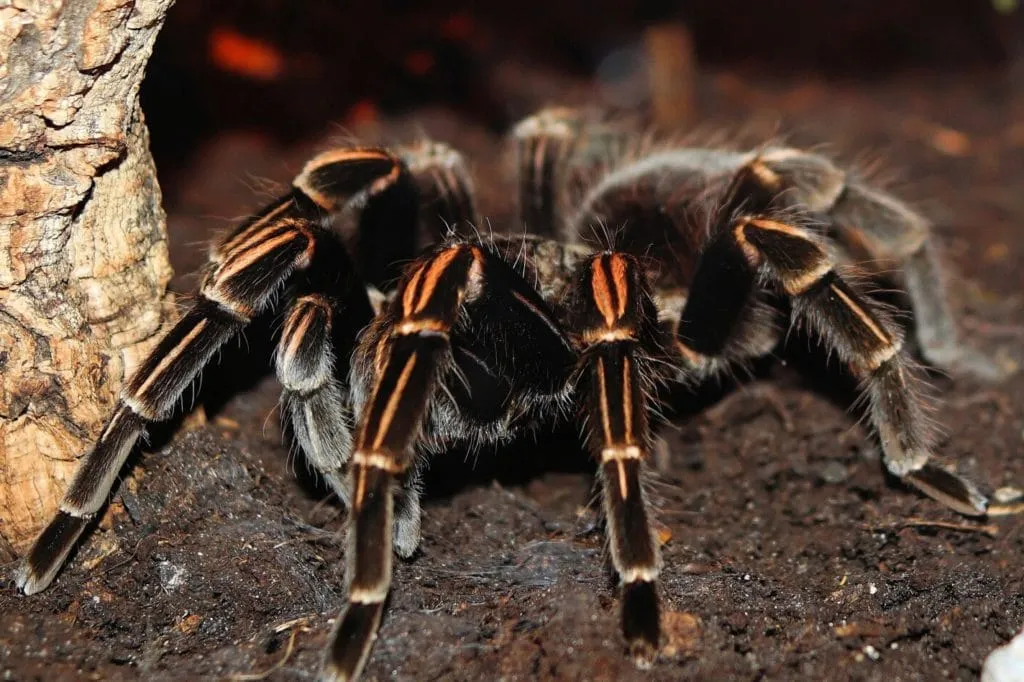
Lobsters can live for several decades, and their growth occurs through molting their exoskeletons. The female lobsters carry fertilized eggs. The entire process involves a variety of stages before reaching their full adult size. The environmental conditions can influence their lifespan and reproduction.
Tarantula Lifespan and Reproduction
Tarantulas have varying lifespans depending on the species and sex. Females tend to live longer than males, with some species living for over 20 years. They reproduce by laying eggs, which are protected in a silk egg sac. The offspring go through several molting stages before reaching maturity. Environmental factors such as temperature, humidity, and food availability affect their life cycles, but females tend to live significantly longer than the males.
Behavior and Defense Mechanisms
The behaviors and defense mechanisms of lobsters and tarantulas are tailored to their survival in their respective environments. Lobsters use their claws for defense and to capture prey, and they can also retreat into crevices to avoid predators. They exhibit complex social behaviors, including mating rituals and interactions within their habitats. Their survival strategy relies on both physical attributes and behavioral adaptations to avoid being eaten. They will fight to protect themselves and their territory.
Lobster Behavior

Lobsters use their claws for defense and to capture prey. They can also retreat into crevices to avoid predators. They exhibit complex social behaviors, like mating rituals. They defend themselves and their territory.
Tarantula Behavior
Tarantulas use various defense mechanisms, including biting, flicking urticating hairs, and striking poses. Their behavior is largely solitary, except during mating. They are ambush predators, waiting for prey to come close enough to strike. They also create silk structures for shelter and to aid in hunting. Their survival strategy is a combination of physical defense and ambush tactics.
In conclusion, the differences between lobsters and tarantulas are vast, stemming from their adaptations to completely different environments. From habitat and physical characteristics to diet, lifespan, and behavior, these animals showcase the incredible diversity of life on Earth. Whether exploring the depths of the ocean or the landscapes of terrestrial ecosystems, lobsters and tarantulas continue to fascinate with their unique features and survival strategies. Studying these two creatures offers insight into the resilience and variety of life, inspiring a greater appreciation for the natural world. Their differences provide a clear picture of the evolution and adaptation of species within their environment.
